Do you know that May 22 is also known as “Bitcoin Pizza Day”? It was the date where Laszlo Hanyecz, a programmer, successfully traded his 10,000 units of digital currency bitcoin (BTC) for 2 Papa John’s pizzas. He posted on a bitcoin forum page – “I just want to report that I successfully traded 10,000 bitcoins for pizza. Thanks Jercos!”
It was the first documented purchase of goods with bitcoin back in 2010. Had Mr. Laszlo kept his 10,000 BTC until today, he would be sitting on a mountain of US$22.5 million, based on today’s value. But 7 years ago, Laszlo’s 2 pizzas were worth only US$30, meaning, if you bought US$100 of bitcoin on May 22, 2010 and keep it, you’re looking at US$75 million today.

Bitcoin, the crypto-currency frowned upon as a currency of the underworld by most of the people, is going ballistic, with each unit skyrockets to US$2,238. A year ago today, a unit of bitcoin was trading at US$445. Over the weekend, the crypto-currency climbed past US$2,000 for the firs time, and hasn’t looked back yet.
Very few have confidence about bitcoin – from former Federal Reserve Chairman Ben Bernanke to J.P. Morgan Chase CEO Jamie Dimon. And it’s not hard to understand why. Three years ago, bitcoin exchange Mt. Gox filed for bankruptcy protection after the virtual currency firm claimed 750,000 bitcoins from users and 100,000 of the company’s own bitcoins were lost due to hacking.
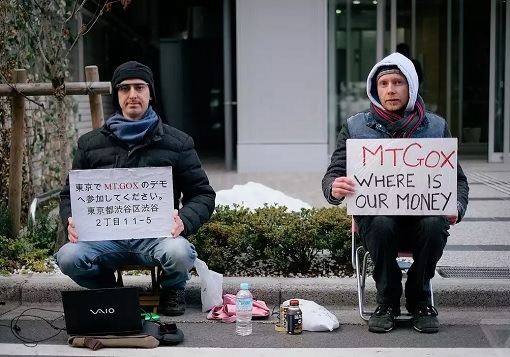
It may sound like a scam by the Tokyo-based Mt. Gox Bitcoin exchange. After all, that’s precisely the excuse used by a latest scam by Penang-based financial scheme operator JJPTR. Johnson Lee, the founder of JJPTR conveniently blamed hacking for his forex trading losses amounting to US$400 million (RM1.75 billion).
Kyodo News said debts at Mt. Gox totalled more than 6.5 billion yen (US$65 million), surpassing its assets. Based on the bitcoin market price when Mt. Gox filed for bankruptcy protection in Feb, 2014, the 850,000 bitcoins was worth about US$425 million. At today’s price, those same amounts of bitcoins would be worth a staggering US$1.9 billion.
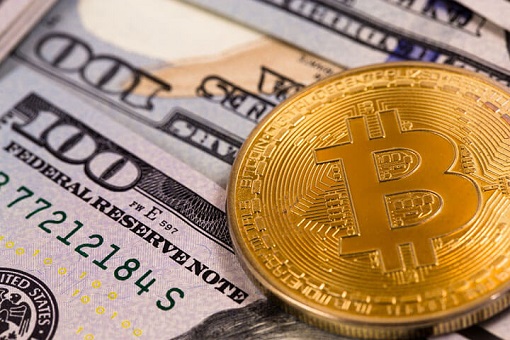
Of course, even if Mt. Gox had lied about its bitcoins lost to hackers, it’s hard to believe anyone would pay US$1.9 billion today for the original 850,000 bitcoins, of which 600,000 Americans were the owners. Back then, Japan’s Finance Minister Taro Aso told reporters in Tokyo – “No one recognizes them as a real currency. I expected such a thing to collapse.”
Interestingly, it was the same Japanese regulators who introduced new law last month that recognize bitcoin as a legal method of payment. The recognition of bitcoin as a legal payment option within Japan went into effect on April 1, 2017. The news drove the demand for bitcoin with the expectation that the crypto-currency usage in Japan will be over US$9 billion in the next three years (2020).
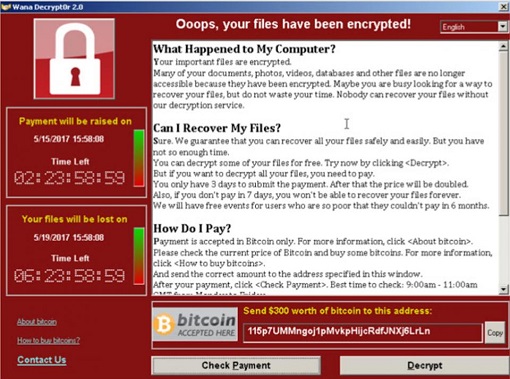
Bitcoin is particularly attractive to users, including criminals, because it’s easy to transfer overseas without high surcharges and offers simple, anonymous transactions online. That’s the reason hackers in the recent cyber attack which hit roughly 200,000 computers in at least 150 countries – WannaCry – demanded ransom payment in the form of bitcoin.
How bitcoins are being created is itself a black-box. It’s claimed that bitcoins are mined based on a set of mathematical formulas. People (such as Laszlo Hanyecz) compete to “mine” bitcoins using computers to solve complex math puzzles. A winner is rewarded with 25 bitcoins roughly every 10 minutes. This is how bitcoins are created.
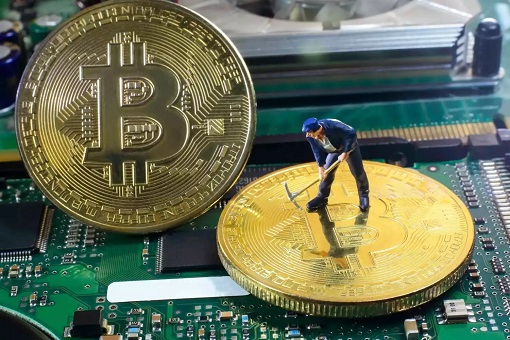
Bitcoins are stored in a “digital wallet,” which exists either in the cloud or on a user’s computer. But the mining is like trying to guess a lottery number. The network’s protocol, designed by an anonymous programmer – Satoshi Nakamoto – was designed to release a new block of bitcoins every 10 minutes until all 21 million were released.
The blocks get smaller over time. If the miners in the network take more than 10 minutes to guess the correct code, the bitcoin program adapts to make it easier. If it takes less than 10 minutes, the code becomes harder. In the early days of bitcoin, anyone could find a new block using their computer’s CPU. Not anymore.
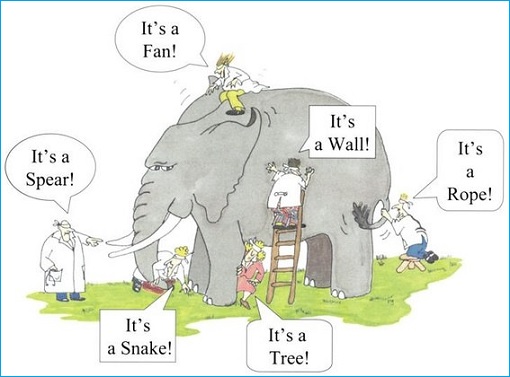
By 2013, all of the machines around the world used to bitcoin mining have a computing power that is at least 4,500 times the capacity of the U.S. government’s best supercomputer, the IBM Sequoia, according to Michael B. Taylor, a professor at the University of California, San Diego. Though each bitcoin transaction is recorded in a public log, names of buyers and sellers are never revealed – only their wallet IDs.
Other Articles That May Interest You …
- Bill Gates Reveals Top-3 Promising Careers & Advices For College Students
- Microsoft: Here’s Why U.S. Government Is To Blame For “WannaCry” Cyber Attacks
- Swiss A.G. – Najib’s 1MDB Scammed At Least $800 Million Using “Ponzi Scheme”
- Wells Fargo Scammed 2-Million Customers, Rewards “Head Of Scam” $124.6 Million
- Bribed With Prostitutes, Scammed Of $1.2 Billion – Libya Sues Goldman Sachs
- Only In China – Fake Bank Scams 200 Customers Of 200 Million Yuan
- Sweet Revenge – Scammer Jover Chew Closes Business At Sim Lim Square
- Genneva Gold – Another Collapsing Ponzi Scam?

|
|
May 23rd, 2017 by financetwitter
|


|

|

|

|

|

|




























Comments
Add your comment now.
Leave a Reply